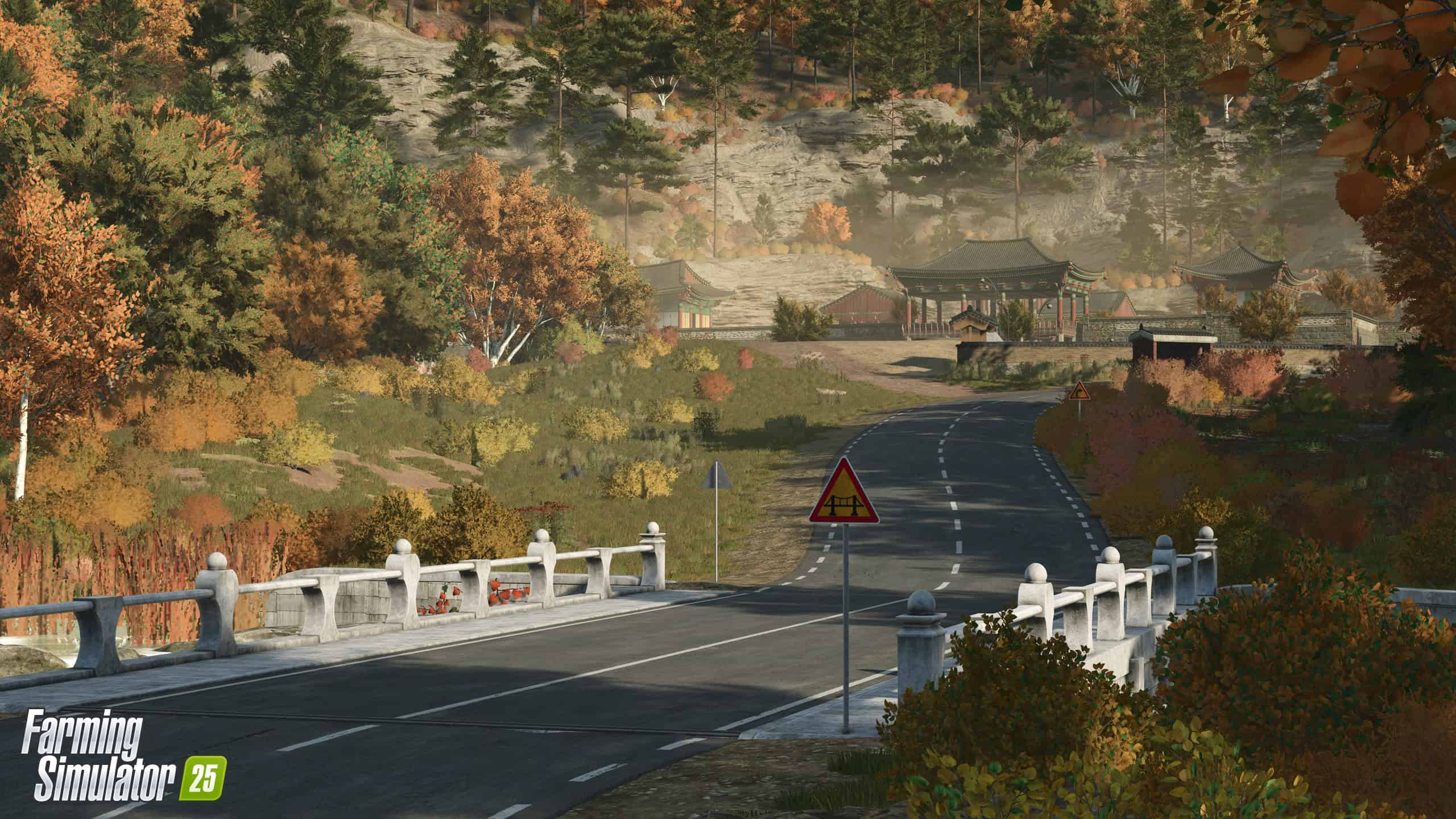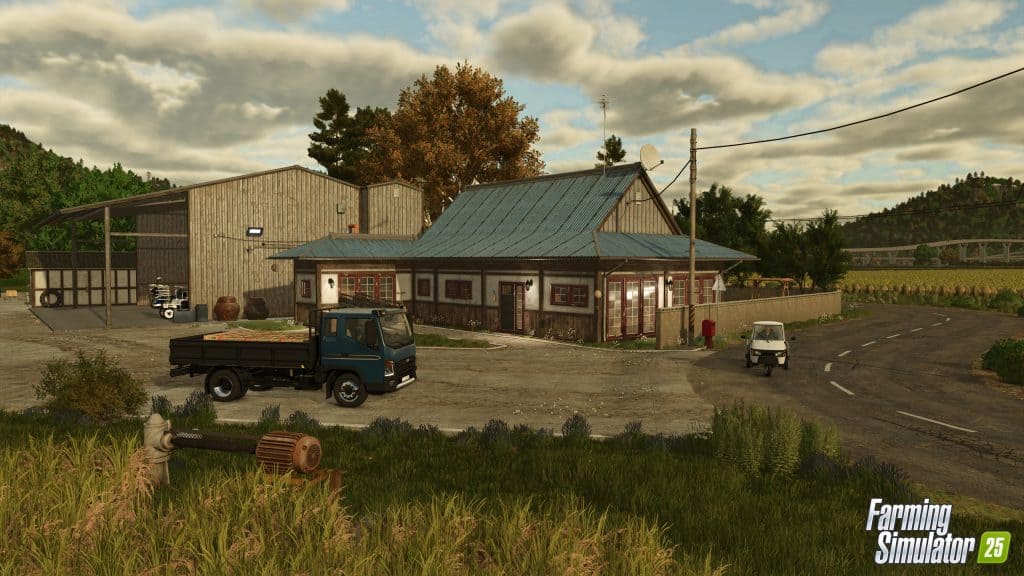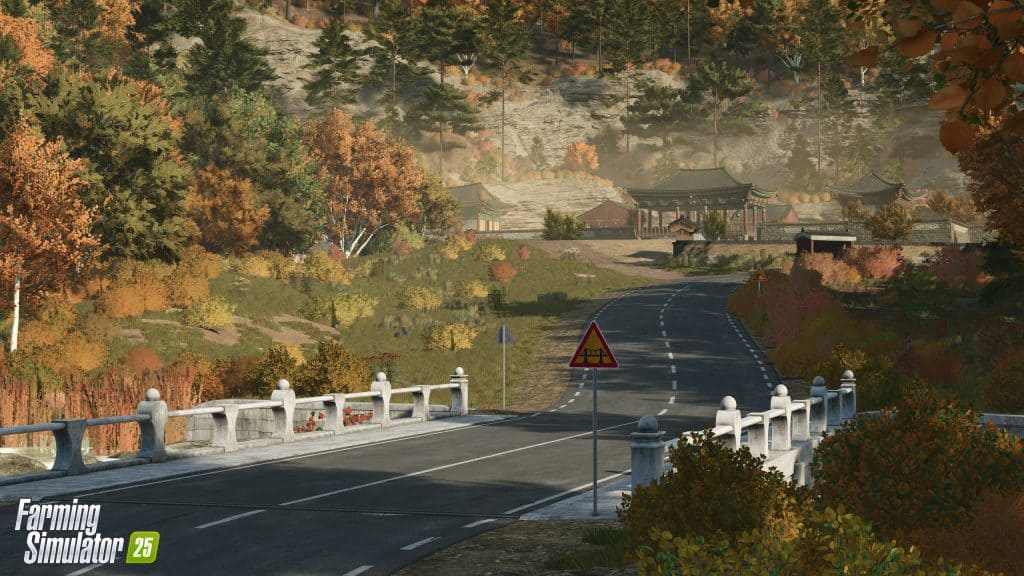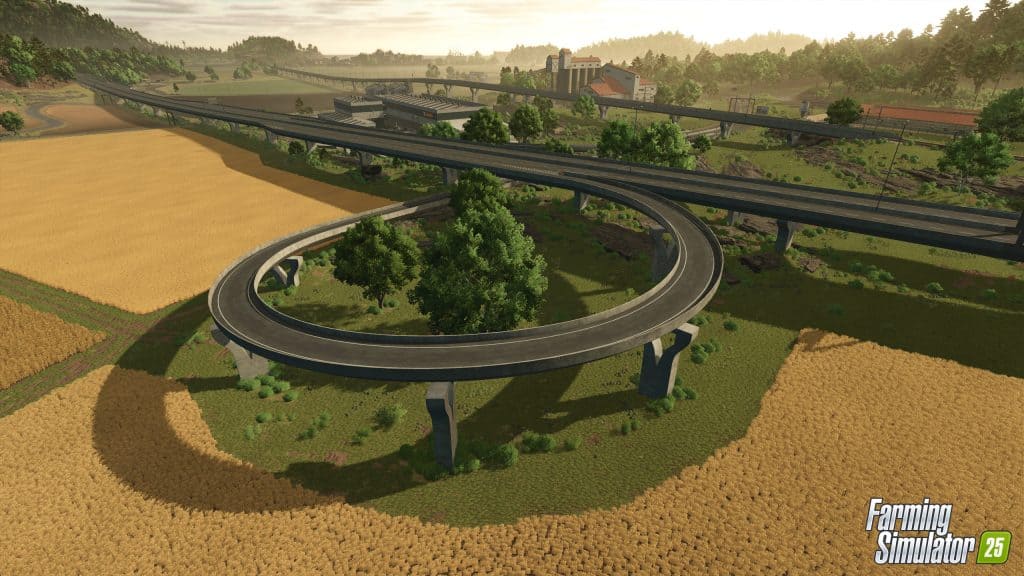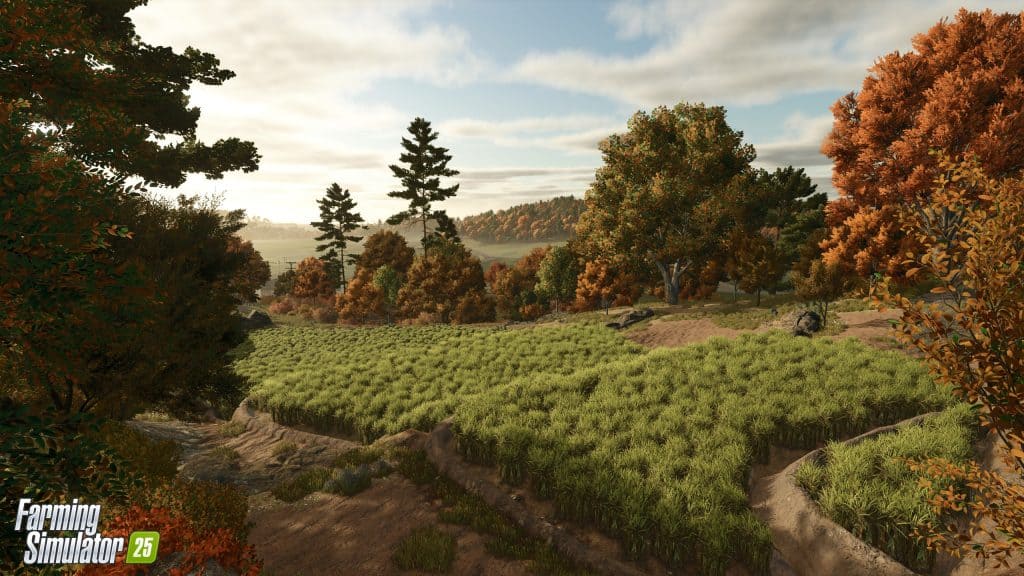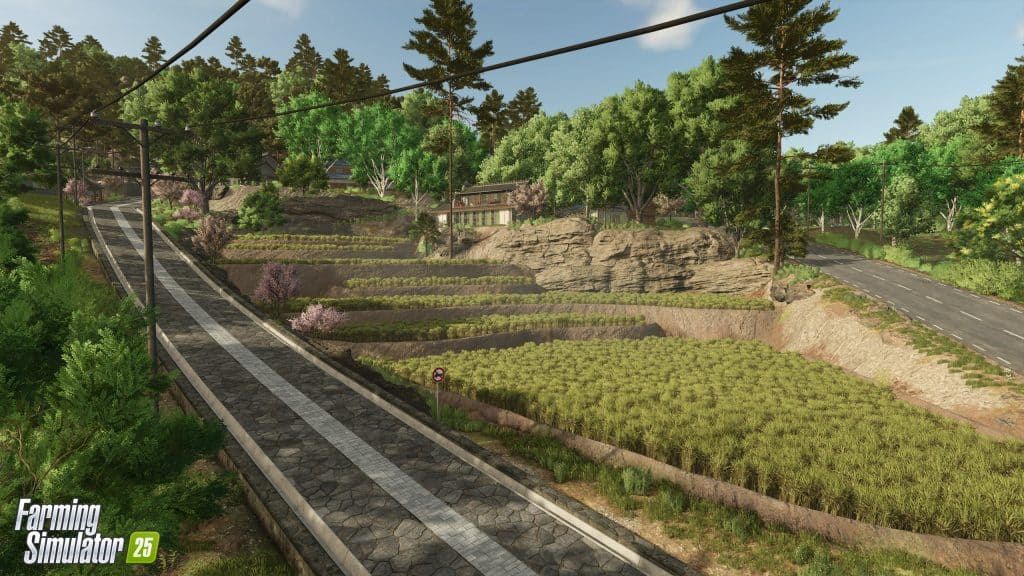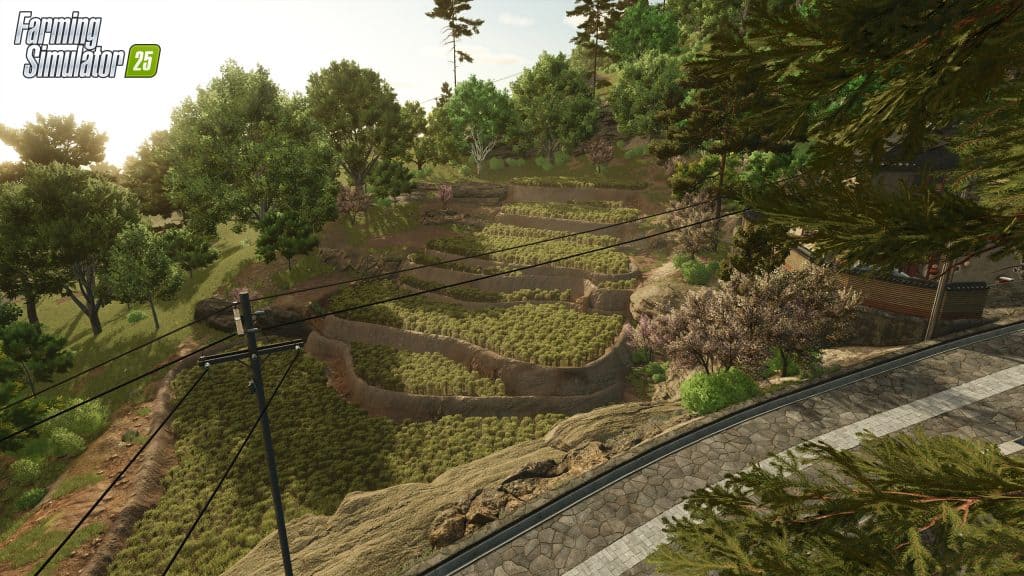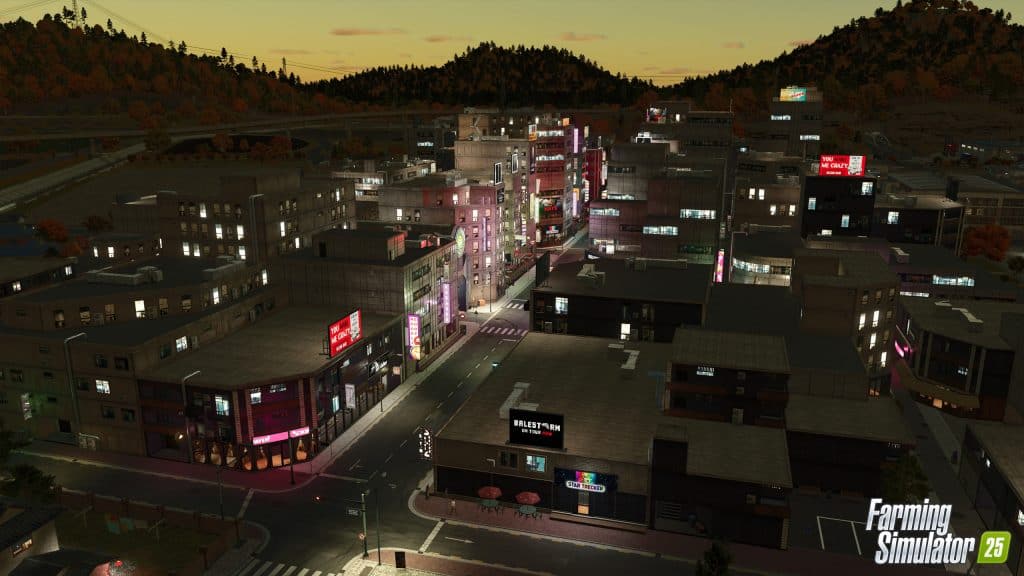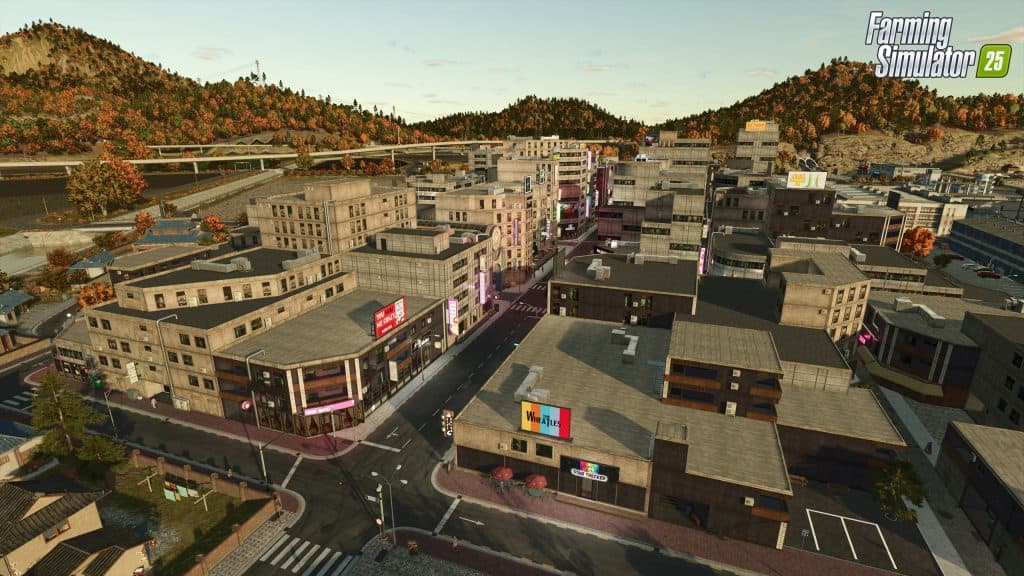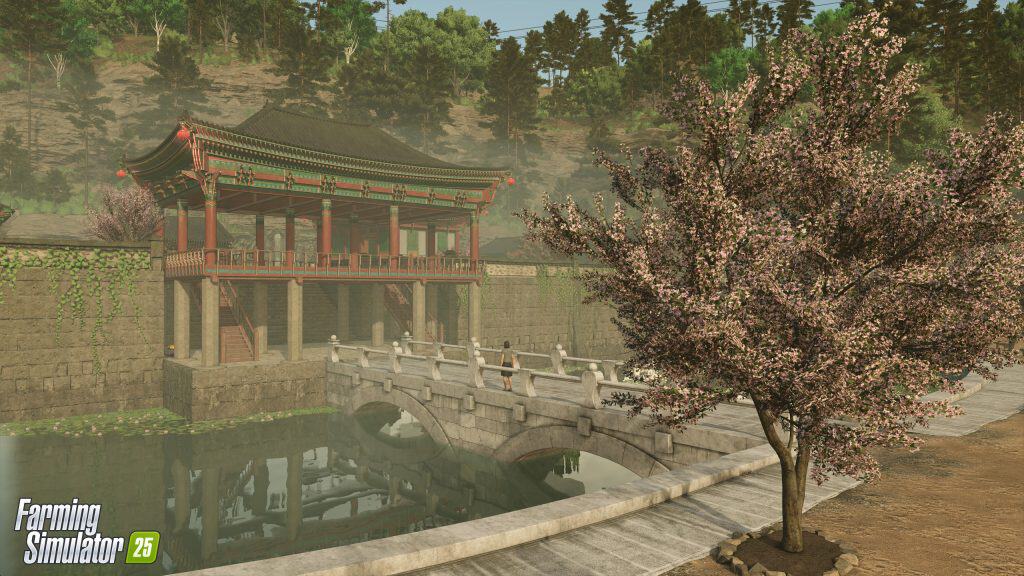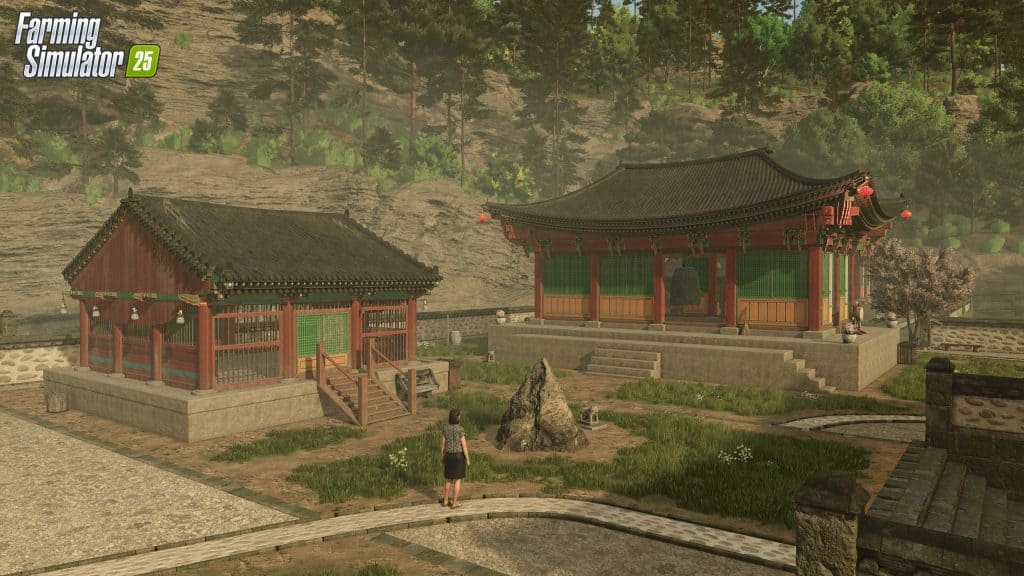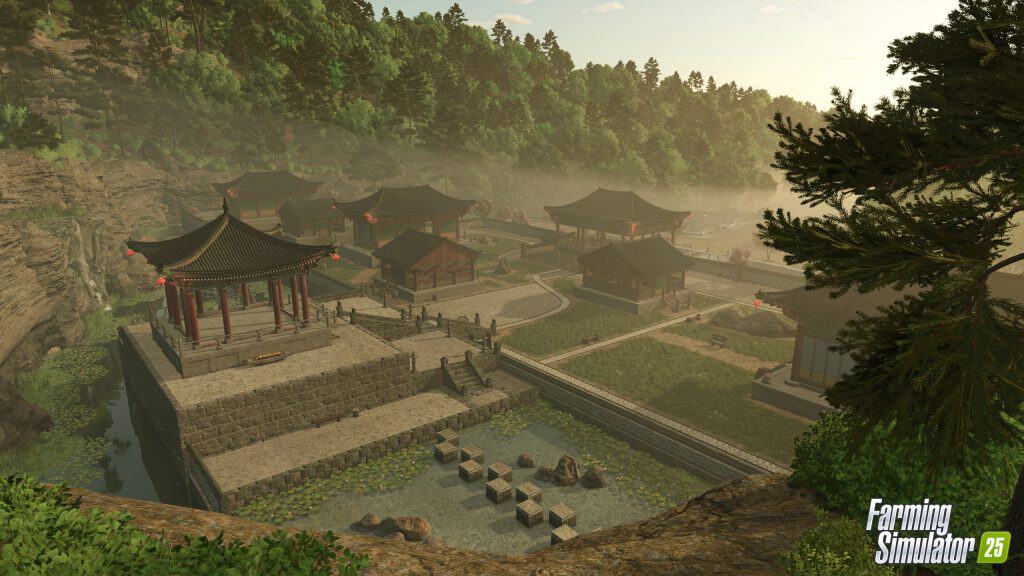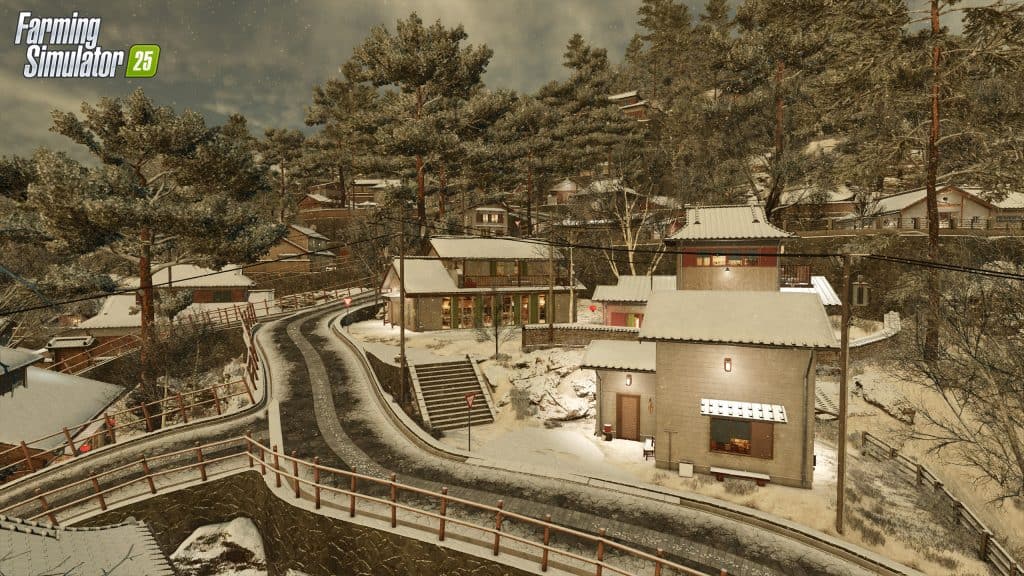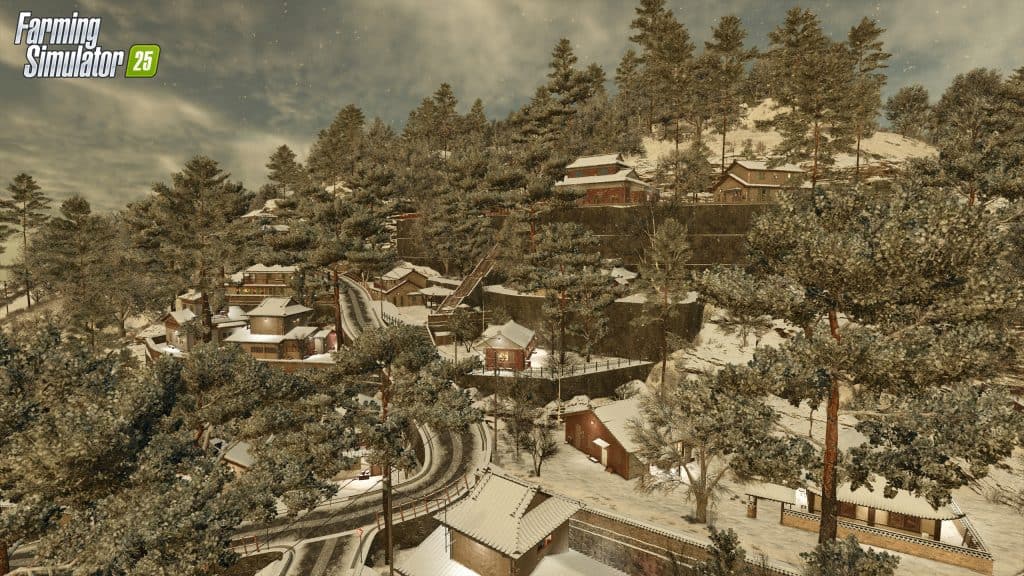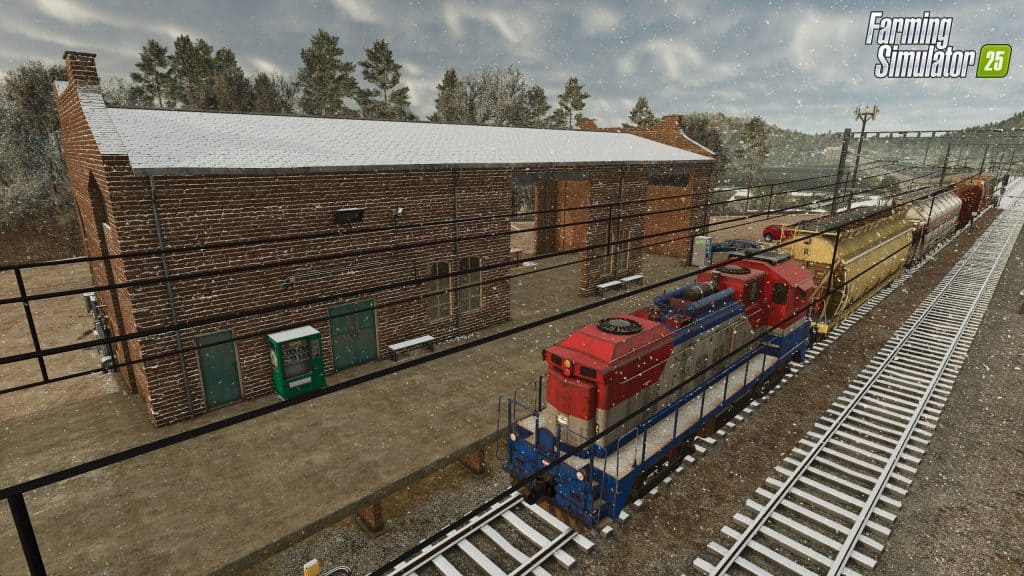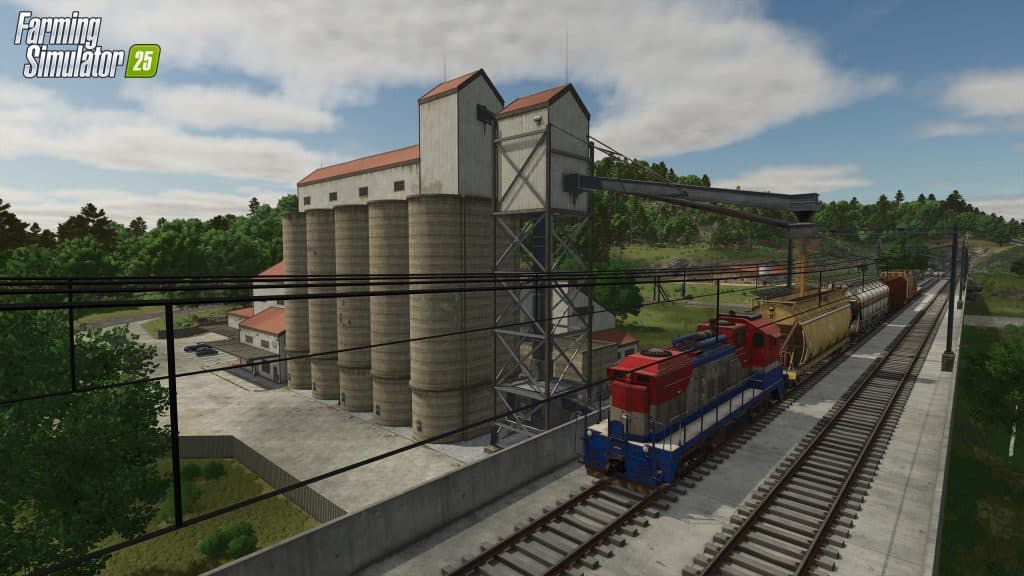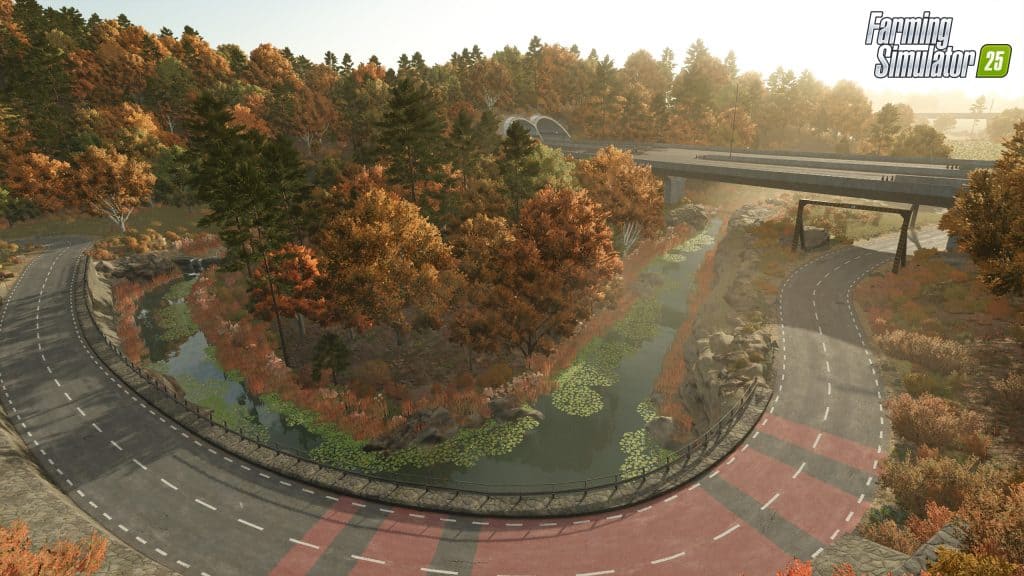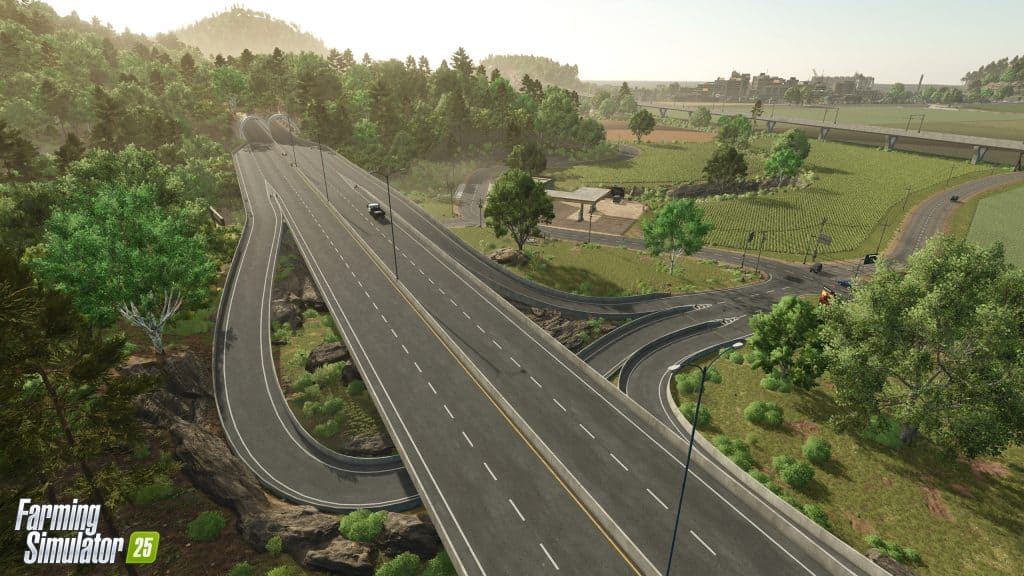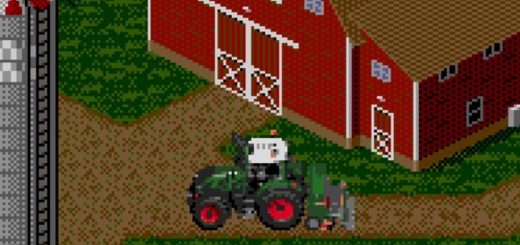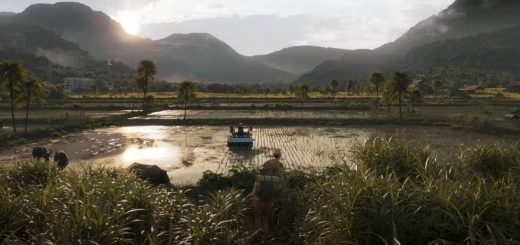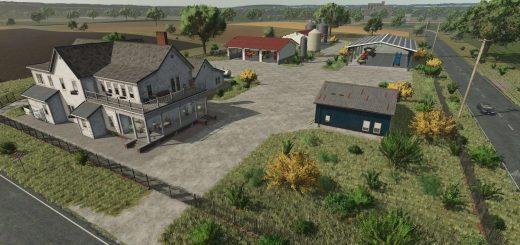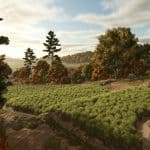
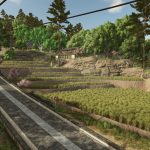
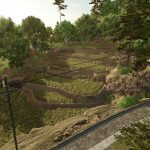
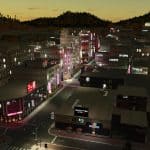
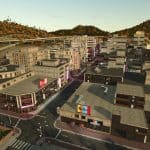
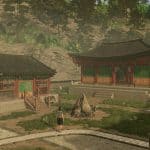
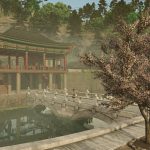
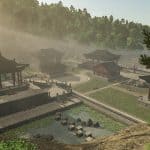
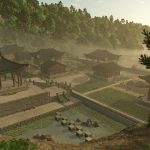
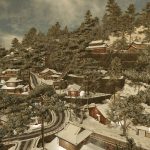
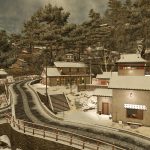
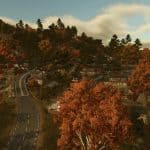
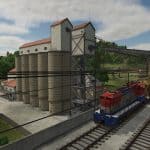
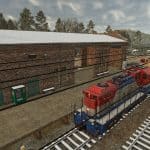
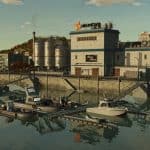
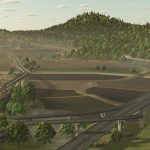
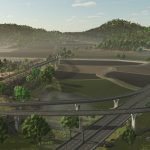
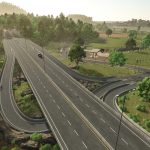
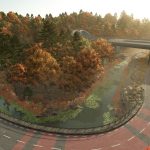
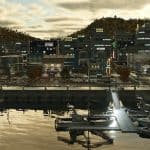
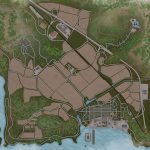

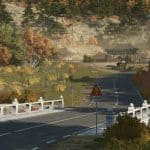
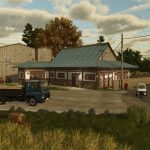
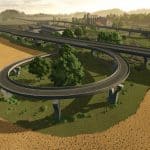
Behind the Scenes of FS25: Hutan Pantai Map Interview & Preview
Welcome to Hutan Pantai, where the serene East Asian countryside seamlessly blends with the lively energy of modern cities, a “symbiotic relationship,” as described by Associate Producer and Technical Artist Horia Serban. In our interview, he shares insights into the vision he and his team of environmental artists had while bringing this unique map to life.
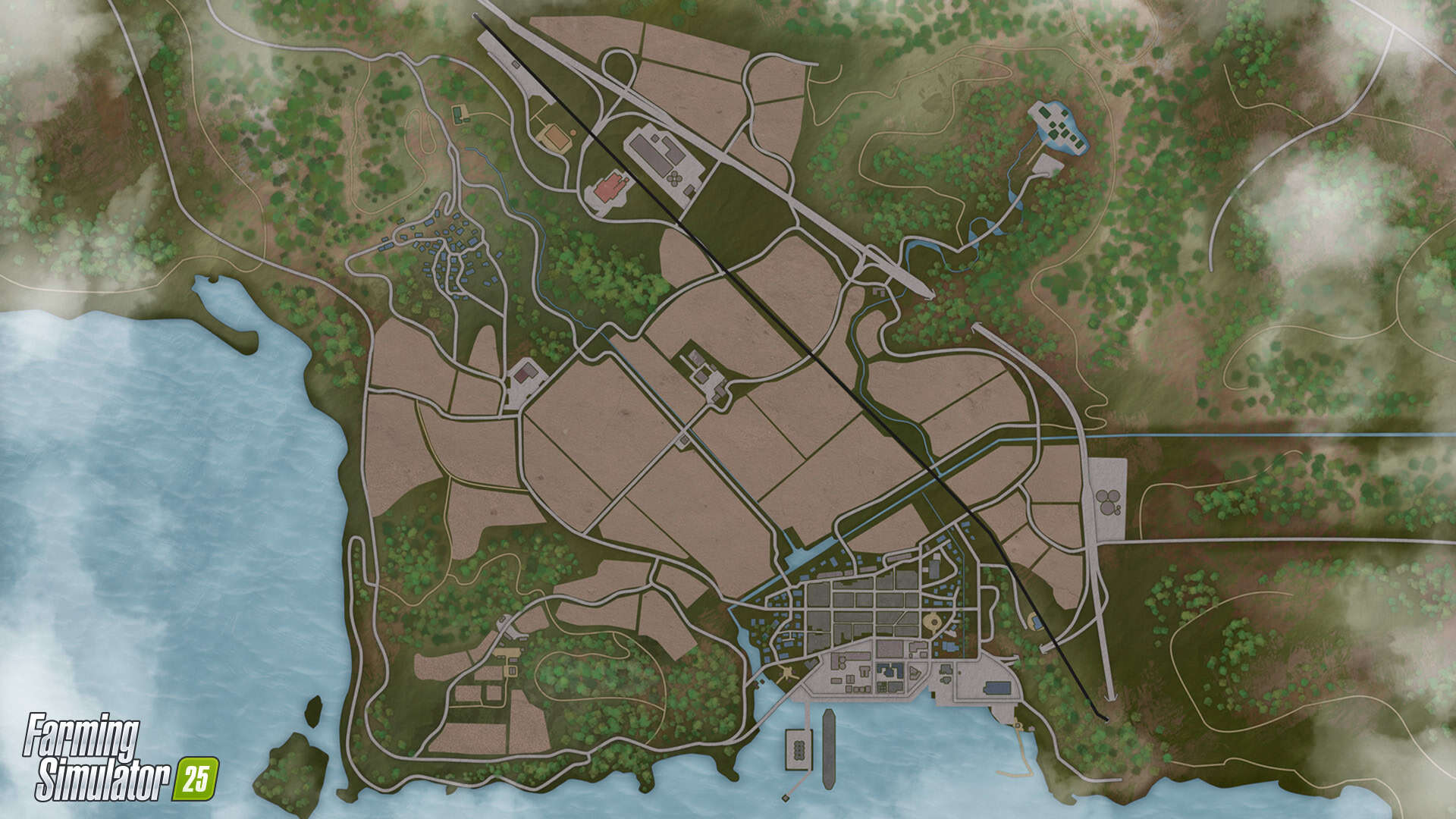
Farming Simulator 25 launches on November 12th, and there’s still time to secure your pre-order, which includes the MacDon Pack! Alternatively, opt for the special Collector’s Edition, complete with a USB Ignition Lock to start your in-game tractors.

Horia, could you introduce yourself and tell us about your role?
I’m an Associate Producer within the Environment Department at GIANTS Software, and I also contribute as a Technical Artist. I’ve been in the gaming industry for nearly 20 years, with the last 8 spent at GIANTS. My journey with the company began back in 2016 with Farming Simulator 17, where I instantly connected with the game’s unique charm. Before joining GIANTS, I worked on various titles such as Call of Duty: Ghosts, Dead Rising 3, and Test Drive Unlimited 2, primarily in an outsourcing capacity.
However, it’s Farming Simulator that truly captured my passion. This game holds a special place in my heart, and being part of its growth over the years has been incredibly fulfilling. Seeing the franchise evolve and knowing I’ve contributed to that progress fills me with pride. It’s a joy to help create an immersive world that our players can enjoy season after season.
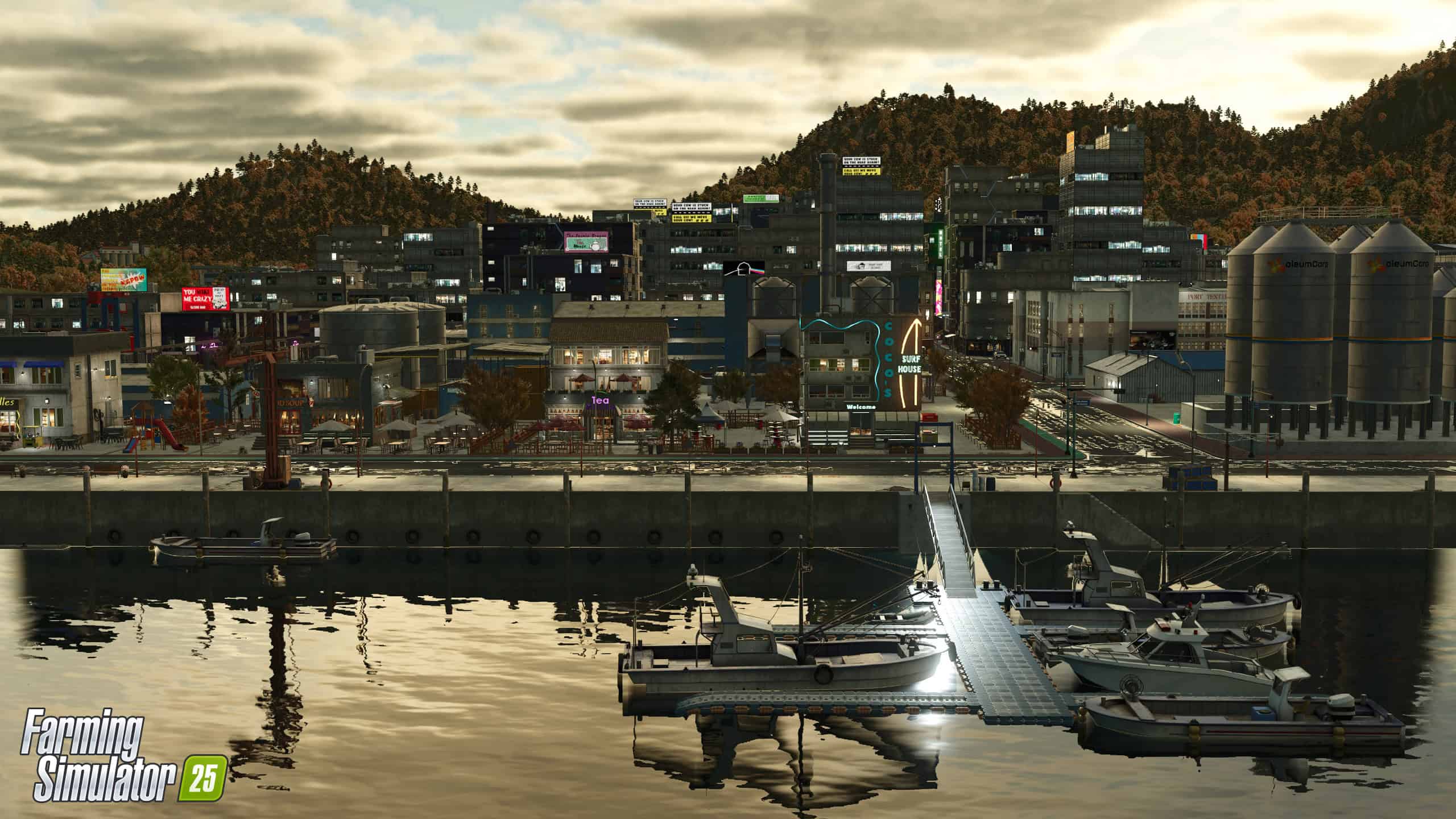
Inspiration & Immersion: Bringing Hutan Pantai to Life
What atmosphere were you aiming to create?
With Hutan Pantai, our goal was to capture the authentic essence of East Asia, blending the tranquil countryside with the energy of bustling modern cities. We focused on illustrating the symbiotic relationship between these areas, how the vibrant urban centers are sustained by the hard work of rural communities. This contrast and connection were fundamental to the map’s vision.
We also wanted to incorporate distinctive regional elements that highlight the modernization of cities and how it supports the flow of goods. By including features like elevated highways and suspended train bridges, we aimed to seamlessly connect farmlands to urban areas, reflecting real-life infrastructure and enhancing the immersive experience.
At the same time, preserving the cultural heritage of the region was crucial. We achieved this by designing a traditional village and a temple area with architectural styles that have stood the test of time. These elements pay tribute to the region’s rich history, ensuring the map feels both authentic and deeply rooted in its cultural legacy.
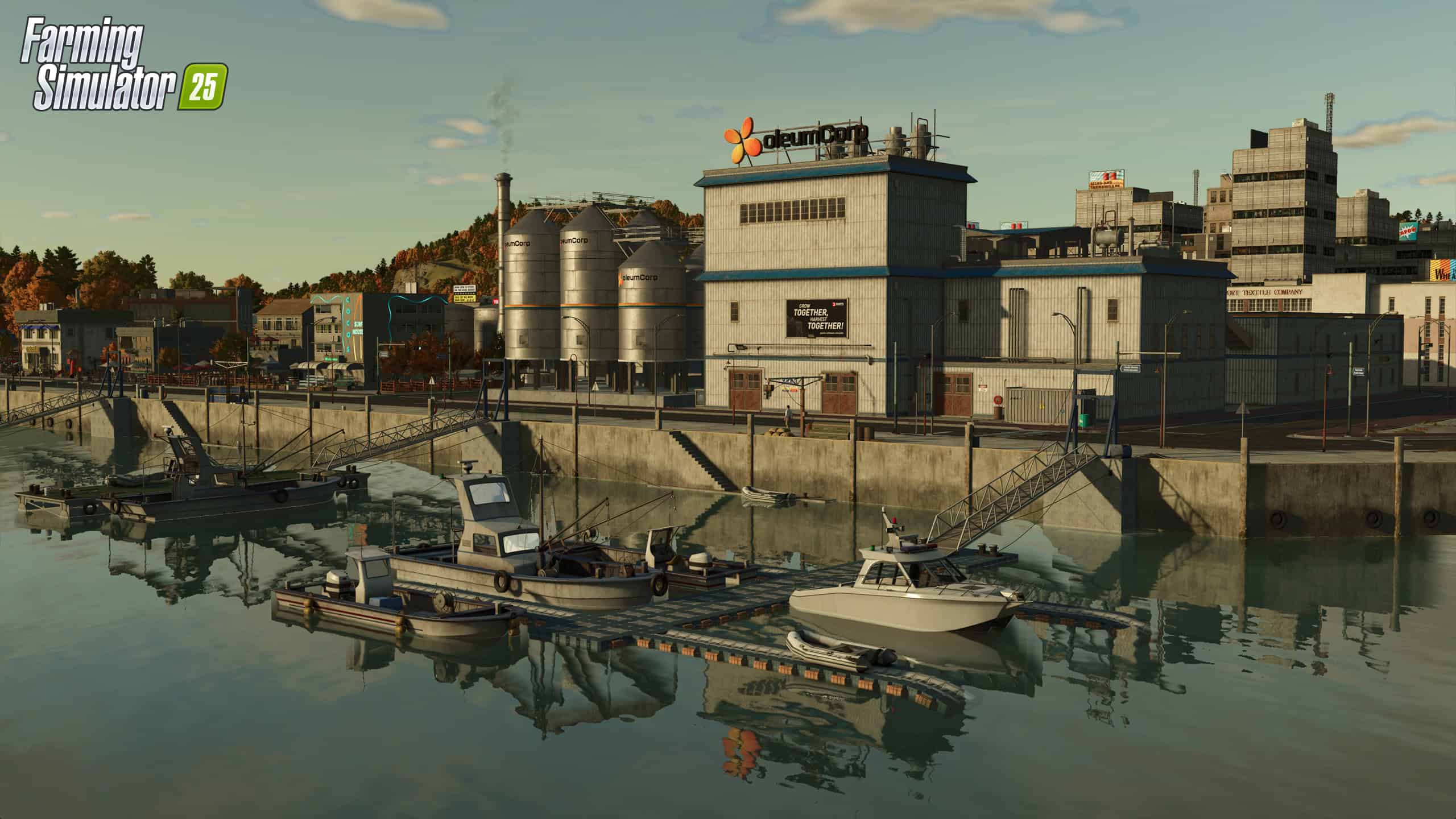
Where did the inspiration come from?
Our inspiration came from a wide range of sources, each influencing different aspects of the Hutan Pantai map. For the traditional village area, we were heavily inspired by Studio Ghibli films, particularly From Up on Poppy Hill, which is one of my personal favorites. The way Ghibli captures the timeless charm of small villages was exactly the atmosphere we wanted to bring to life.
For the industrial town area, we drew from the vibrant, neon-lit streets of cities like Seoul and Tokyo. The energy of these bustling, illuminated scenes represents the fast-paced, modern urban life we aimed to capture with our bright lights and dynamic architecture.
The temple area took inspiration from various K-dramas and detailed visual references of traditional architecture. These sources beautifully highlight the intricate designs and cultural significance of these structures, allowing us to create a space that feels both authentic and respectful of its heritage.
When designing the farming areas, we explored both traditional and modern agricultural methods unique to East Asia. Our goal was to blend the old with the new, showcasing the deep roots of farming traditions while highlighting their evolution. By pulling from such diverse influences, we crafted a world that feels immersive and true to the rich culture of the region.
Crafting the Map: Inspiration and Challenges
When starting work on a new map, what’s your approach?
Every new map begins with thorough research centered around the area or theme we want to recreate. We immerse ourselves in the culture and unique attributes of the region to deliver an authentic experience for our players. Our process involves dividing tasks within the environment team to collect as much detailed information as possible.
Some team members focus on studying local architecture, while others concentrate on vegetation, agricultural practices, and key community elements. We’re also mindful of avoiding anything that might be inappropriate or out of place to ensure the map is both respectful and engaging for our players.
After completing the research phase, we transition to the prototyping or pre-production stage. This involves gray-boxing, creating simple 3D models to establish the basic layout of the map. At this stage, we experiment with positioning key features like production buildings and landmarks. It’s a crucial step that transforms research into a tangible environment, laying the groundwork for the final, polished map.
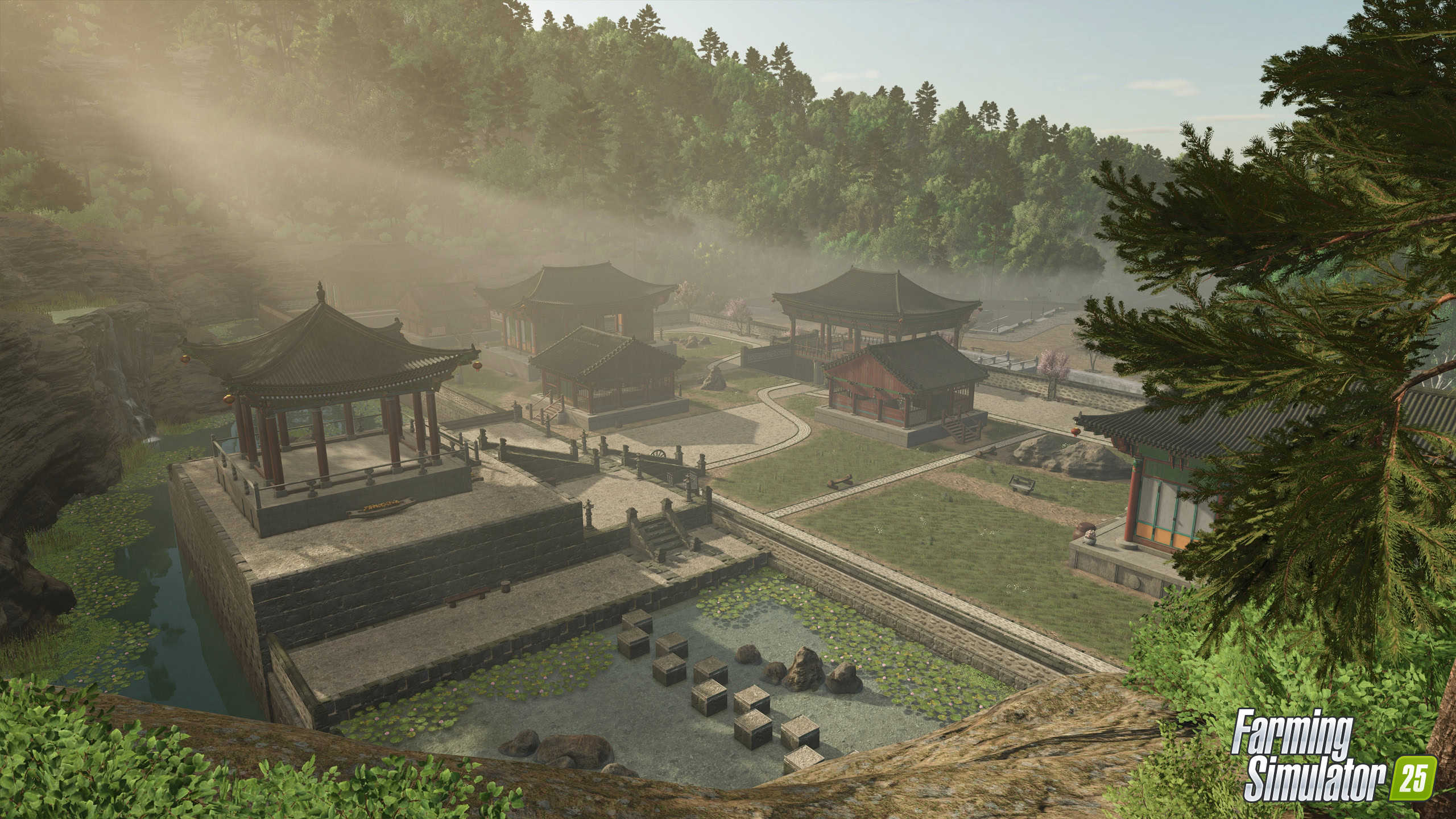
How did you approach the environmental design and landscape?
For Hutan Pantai, we began with a vision centered on symmetry and balance. This map is distinct in its focus on the contrast between tradition and modernity, which is a prominent theme in the region’s real-life landscapes. We placed the industrial zones near the city, with a port serving as the final destination for farm goods, symbolizing the export of produce beyond the map’s borders. While this idea serves more as a metaphor than a gameplay mechanic, it adds depth to the overall farming life cycle.
Our aim was to authentically capture the spirit of East Asia, merging the tranquil charm of rural areas with the energy of industrial development. The farming workflow on this map naturally moves from the southwest to the northeast, guiding players along the journey of production and transportation. It’s all about creating harmony, balancing tradition with progress, and blending heritage with modern technology. This balance is not only reflected in the physical layout but also in the map’s atmosphere, delivering an experience that feels authentic to the cultural and geographic nuances of East Asia.
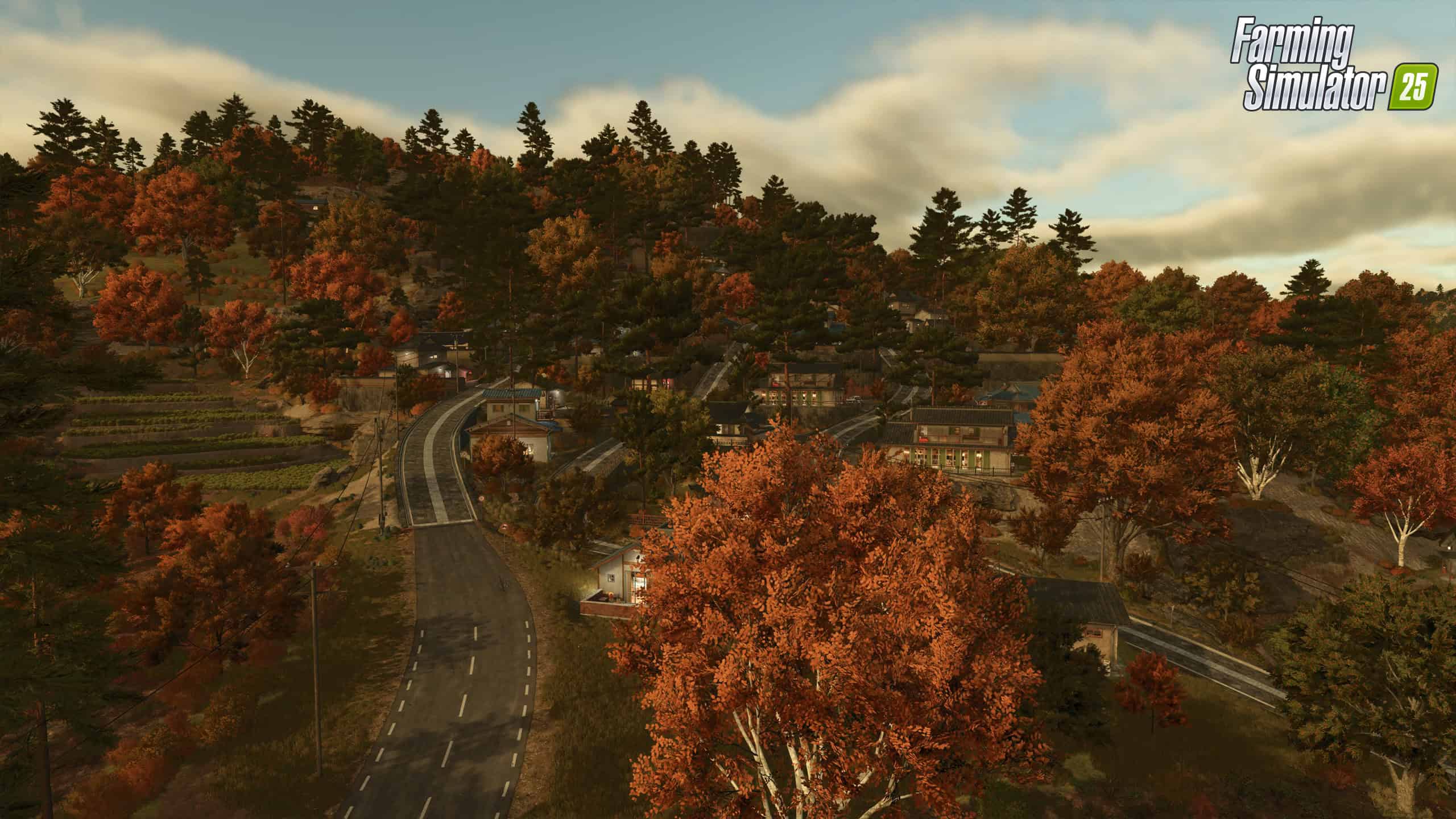
What challenges did you encounter while creating the map?
Developing the Hutan Pantai map came with its own unique hurdles, particularly when it came to designing the city. This was the most complex urban environment we’ve tackled so far, requiring a careful balance between realism and game performance. We aimed to create a city that felt lively and authentic without occupying too much of the map’s space or straining the performance on both consoles and PCs. Striking that balance was one of our biggest technical and creative challenges.
Another significant hurdle was designing the infrastructure to seamlessly connect the city with the surrounding rural areas. Constructing a highway that naturally links the urban center to the rest of the map involved detailed planning, especially when incorporating tunnels into the route. Ensuring that this network was not only functional but also visually cohesive with the landscape tested both our design vision and engineering capabilities.
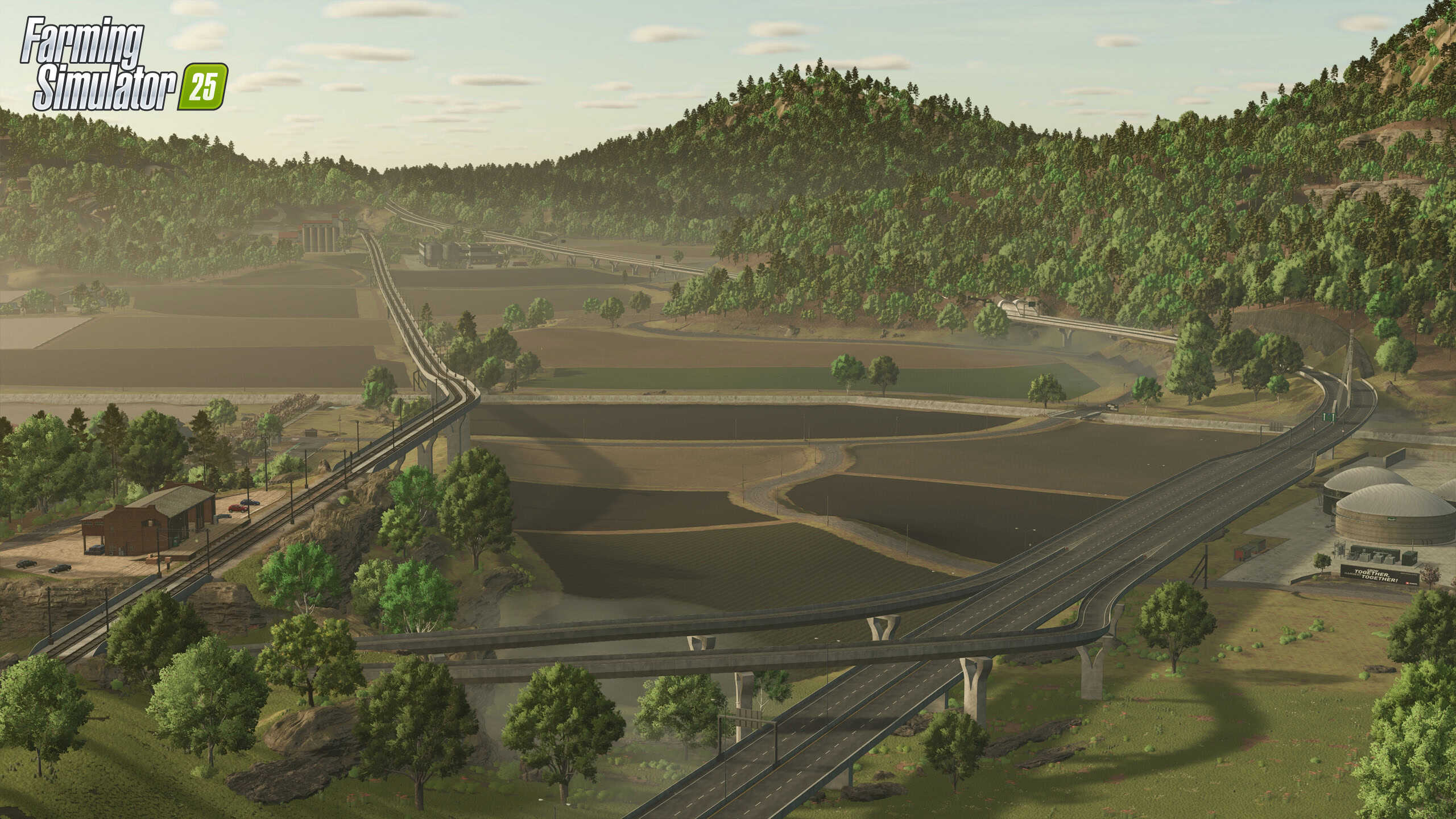
Bringing the Map to Life: A Collective Team Effort
What aspects are you most proud of, or what’s your favorite part of the map?
I’m incredibly proud of every part of the Hutan Pantai map and how we managed to push the boundaries with this project. But what I’m most proud of is the exceptional work done by our Environment Team. Their creativity and dedication truly brought our vision to life.
Our technical artist, Evgen, was instrumental in achieving the technical breakthroughs we needed. Kevin’s meticulous attention to detail ensured that every aspect of the map was refined to perfection. Vanessa and Kenan, our talented vegetation team, crafted lush, immersive plant life that adds layers of richness to the environment. Gabriel’s dedication brought the neon-lit cityscape to life, making it feel vibrant and full of energy. And Anton, with his patience and determination, consistently pushed to improve every element, always striving for excellence.
It was truly a team effort, and seeing how all their contributions seamlessly came together in this map is what I’m most proud of.

